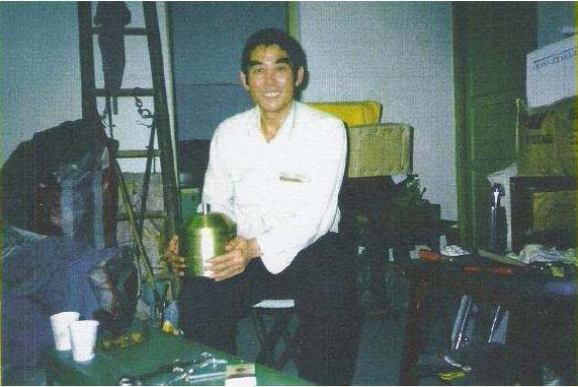The Wang Shum Ho 5KW Electricity Generator
At the heart of the Wang Shum Ho generator lies the unconventional use of permanent magnets, challenging the conventional wisdom that magnets cannot perform useful work. The skepticism arises from the belief that while magnets can support themselves against gravity, they cannot sustain any meaningful work. To unravel this conundrum, it is crucial to understand the nature of permanent magnets.
A permanent magnet is essentially created by passing a strong electrical current through a coil surrounding a piece of suitable material, such as mild steel. Astonishingly, the duration of the electrical current required to transform the material into a magnet is incredibly short—less than one-hundredth of a second. Once magnetized, the resulting magnet can support its own weight against gravity for years, defying the physical limitations of human endurance.
The Magnetic Dipole and Energy Flow:
Contrary to popular belief, a permanent magnet does not exert power in the traditional sense. Similar to how a solar panel harnesses sunlight without putting forth effort, a magnet's power originates from the surrounding environment rather than the magnet itself. The initial electrical pulse used to create the magnet aligns the atoms within the material, creating a magnetic dipole. This dipole, akin to an electrical dipole in a battery, polarizes the quantum environment, inducing a flow of energy—commonly known as magnetism.
This perpetual energy flow around the magnet allows it to stick to surfaces, such as the door of a refrigerator, and resist the pull of gravity for extended periods. Unlike a battery, where the dipole is destroyed upon use, a properly positioned permanent magnet can maintain its dipole, enabling the continuous flow of energy around it.
The Wang Shum Ho 5KW Electricity Generator (read online):
Learn more: ShenHe Wang’s Permanent Magnet Motor
Dispelling Misconceptions:
Despite the scientific principles supporting the Wang Shum Ho generator, skepticism persists, with claims that permanent magnets cannot be harnessed for useful work. This skepticism echoes historical resistance to revolutionary energy concepts, such as Nikola Tesla's innovations.
Drawing Parallels with Tesla's Technologies:
Interestingly, Tesla's contributions to free energy technologies share some parallels with the Wang Shum Ho generator. Tesla's alternating current (AC) generator and Radiant Energy Generator both explore unconventional methods of energy extraction, challenging the norms of their time.
- 🔹 Radiant energy
- 🔹 AC generator - Free Energy
🔹 Tesla Technology and "Free Energy" in practical application



